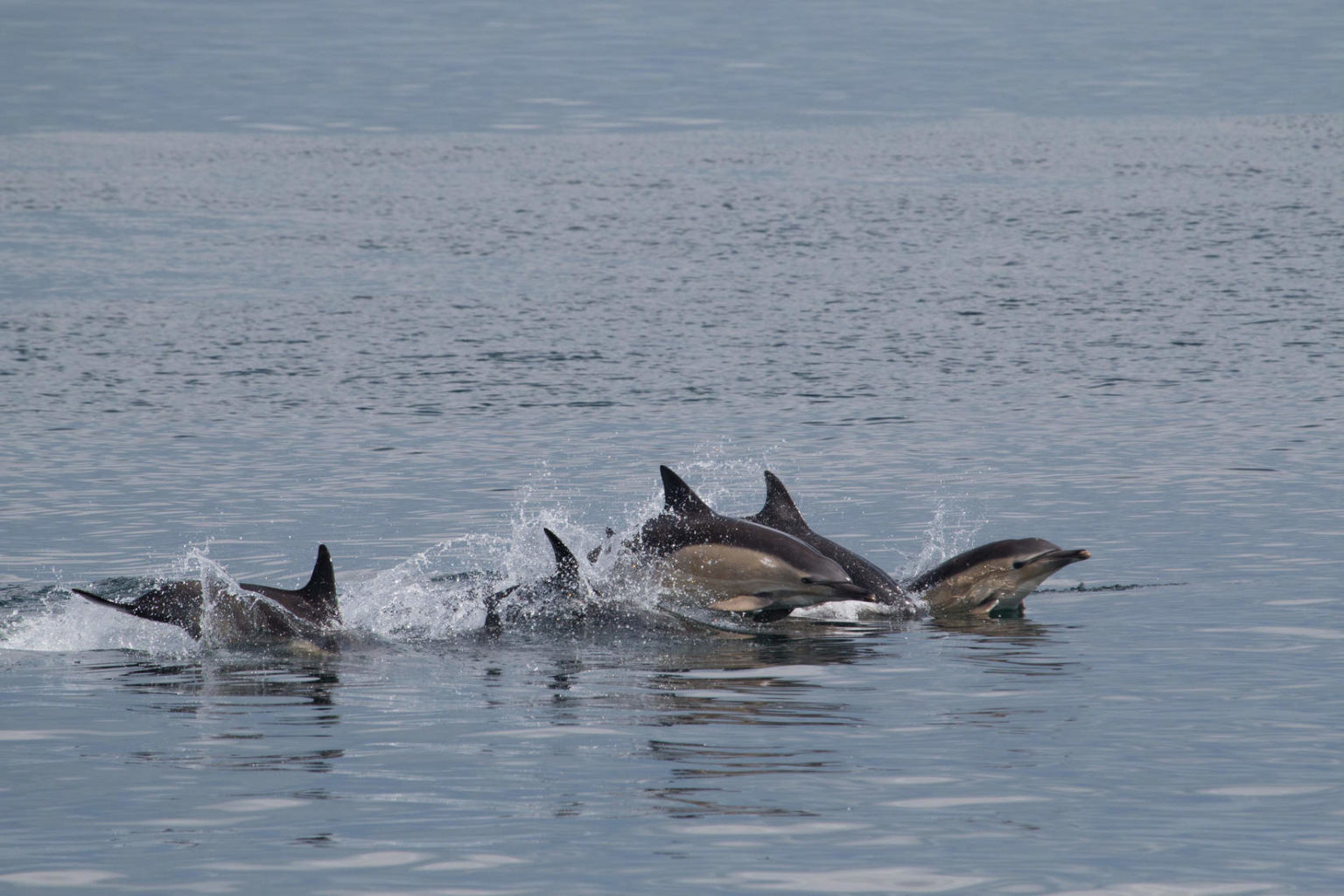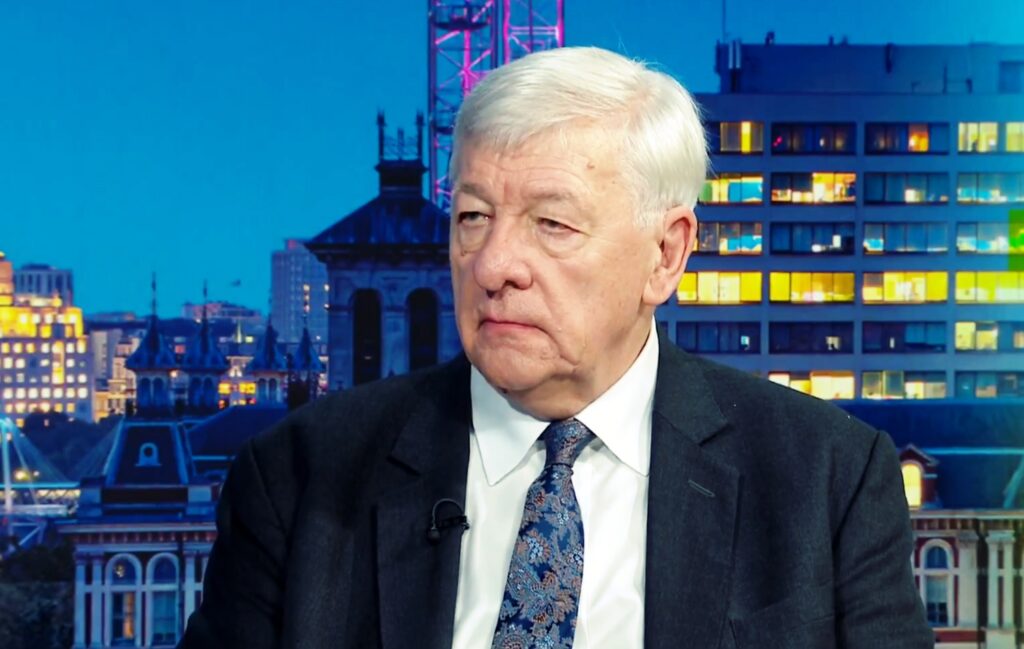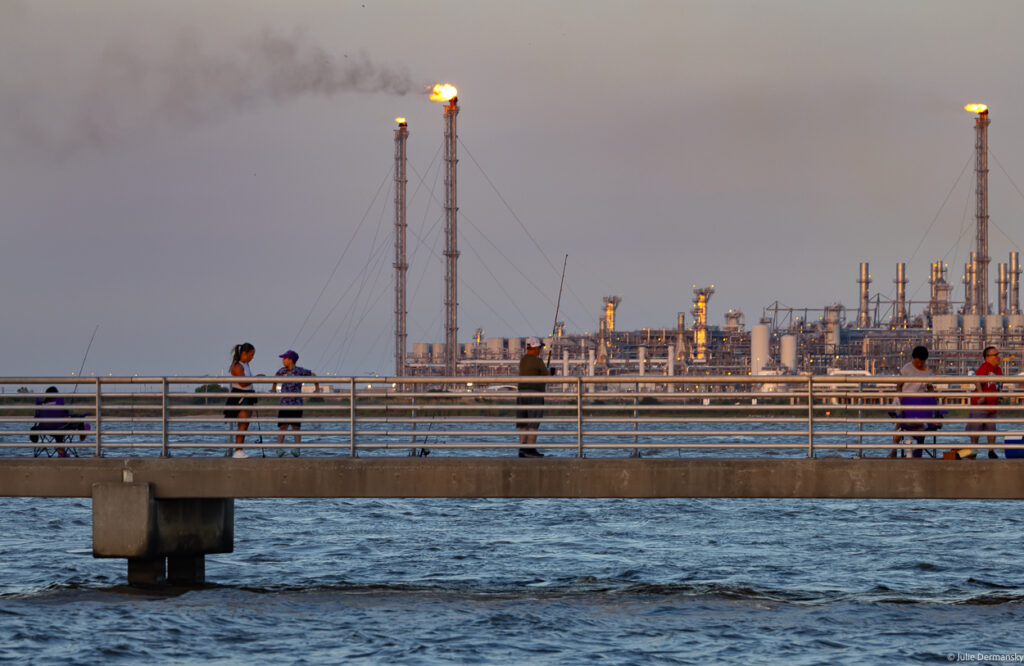A proposal is expected this autumn for tankers in the north east of Scotland to transfer up to nine million tonnes of crude oil per year between ships at open sea.
But the chosen waters, Cromarty Firth, hold special conservation status as the area is the UK’s only breeding site left for the rare bottlenose dolphin, as well as being home to porpoise, seals and an array of birdlife.
And campaigners are asking questions about government transparency and cost cutting measures after investigations raised concerns about the way a first application was handled by government.
The transfer of crude oil between tankers is a routine part of the oil industry and, in the Moray Firth, the wider inlet which Cromarty sits in, ship-to-ship (STS) oil transfers have safely been done at the nearby Nigg Oil Terminal jetty for over 30 years.
But the local port authority now wants tankers to transfer their oil in the open waters of the firth itself, right where the protected species live and breed.
Conservation groups including WWF and RSPB have argued that the controversial plans pose an environmental risk to the area through oil spills and pollution.
The plans were made public by an initial application in 2015, and staunch opposition from local campaigners, the scientific community and environmental groups are likely to have contributed to it being rejected by the UK government.
As a second application is expected to be made in October this year, all eyes are on the new proposal to see whether anything has changed.
Application Controversy
Due to its risky nature, the transfer of crude oil requires a special license which can only be issued by the UK government following a formal consultation procedure. But there are questions about whether the Scottish government correctly followed this process when handling the Cromarty firth proposal.
In December 2015 the Cromarty Firth Port Authority (CFPA), which already overseas oil transfers at port, submitted a new license application proposing to shift the site of oil transfer directly to “anchorages” in the open sea.
But when the Cromarty residents found out about the application, local former engineer Duncan Bowers said they were “horrified” due to the clear environmental risks for an area of such high ecological value.
“When it came to moving the STS transfer from the perfectly viable jetty to doing it at anchorages exactly where the bottlenose dolphins are, then people said no, we’re not having this – in very simple terms,” said Bowers.
Following an initial meetup of 125 concerned locals – a large number in a town of only 700 – the Cromarty Rising campaign group was formed to fight the STS license. It has been a vocal opponent ever since, backed by NGOs and with public objections from several members of the Scottish parliament. An online petition coordinated by campaign group 38 Degrees calling for the proposals to be scrapped gained over 100,000 signatures.
Dr Sam Collin of the Scottish Wildlife Trust said at the time: “The need for further ship-to-ship oil transfers within the Cromarty Firth has not been fully explained nor has the choice of the proposed site been justified through any analysis of alternative locations.”
But investigations by Cromarty Rising since the first application was rejected have raised doubts whether the Scottish government took its responsibility to protect the environment seriously enough, and whether it has a conflict of interest.
The issue is significant as it questions the Scottish government’s role as a public adjudicator on an application which is still in process and has clear risks involved which need to be properly assessed.
The process for an STS license application is complex. First it must be submitted to the Maritime and Coastguard Agency (MCA), an executive agency of the UK government, before the consultation process begins and interested parties can submit their views.
In the case of applications made in Scotland, the Scottish government responds to the consultation through its own department for maritime affairs, Marine Scotland. This is where Scottish government experts can submit their views on the environmental risks associated with an application.
Internal email from Marine Scotland Science acknowledging the STS application and noting that it will respond to the consultation.
But the Scottish government made no formal consultation response to the 2015 STS license application, and has said it was not approached for one.
Unlike a UK planning application which has strict transparency rules to allow for scrutiny, the MCA licensing procedure is not carried out in public. Cromarty Rising have raised concerns over this transparency issue and documents related to the application were obtained by the group through freedom of information requests.
These show that internal emails within the Scottish government were sent in early 2016 advising Marine Scotland, the official maritime experts, not to respond to the consultation.
Internal Marine Scotland email saying that a consultation response has been drafted, but that the Head of Ports and Harbours has advised it not to respond.
Internal Marine Scotland email establishing public position that the Scottish government was not approached for consultation.
Cromarty Rising have argued that this means the Scottish government blocked its own scientific opinion on the application being submitted to Westminster.
The Scottish government deny the allegations and have stood firm on their original position that they were not formally consulted on the CFPA application. Cromarty Rising have questioned the veracity of its public statements and questioned why it would have blocked its own scientist’s views being given.
Any conflict of interest, if proven, would likely still be an issue going forward as the second application will be processed this year.
Financial Interests
The motivation behind the CFPA application appears to be largely financial — it seems the port authority could save considerable money by moving the transfers further out to sea.
Tanker visits to the Nigg jetty where oil transfers currently take place have decreased from 55 in 2010 to just one in 2016. The CFPA says this has lost them an estimated £577,000 per year in revenue.
The decline in revenues places a pressure on reducing costs. As the jetty itself is owned by the oil company Repsol Sinopec, any fees paid for oil transfers at the jetty is split between Repsol Sinopec and the CFPA. Moving the process out to sea means Repsol Sinopec are cut out.
“If they go to these anchorages, the CFPA get everything, they don’t have to share with anyone,” said Bowers.
Added to the increase in revenues for the CFPA that open sea oil transfers would bring, the laxer environmental regulatory regime that’s currently in place for tankers operating at sea would decrease the overall costs of the transfer process. Campaigners fear this could mean cost cutting coming at the expense of the environment.
“So if the license goes ahead, all of your cost base plummets while your profits go up,” said Bowers.
Environmental Impacts
Any money made from the license being approved would likely be at the sacrifice of environmental welfare.
Conservation groups have argued that open sea oil transfers will increase the impact of pollutant emissions from the tanker’s activity and would increase noise pollution.
Objections to the original application were brought forward by six conservation groups, including RSPB Scotland and WWF Scotland, saying that the CFPA’s original application lacked appropriate modelling for the risk of oil spills and for contingency measures if they happen.
Director of WWF Scotland Lank Bank said: “Ship-to-ship oil transfers are an unnecessary risk to Scotland’s important marine wildlife, where even a small leak could prove devastating for some species. Unless it can be shown how the marine environment will be protected, these proposals should be shelved.”
But further documents obtained by Cromarty Rising show that the MCA, upon rejecting the CFPA’s original 2015 license application, replied with an explanatory document setting out the “refinement and further work” that would be needed for a subsequent application to be successful.
As everyone waits for the details of the new proposal to be released in October, Bowers said: “The government can be very helpful in getting you a license.”
Photo: James West via Flickr | CC 2.0
Subscribe to our newsletter
Stay up to date with DeSmog news and alerts










